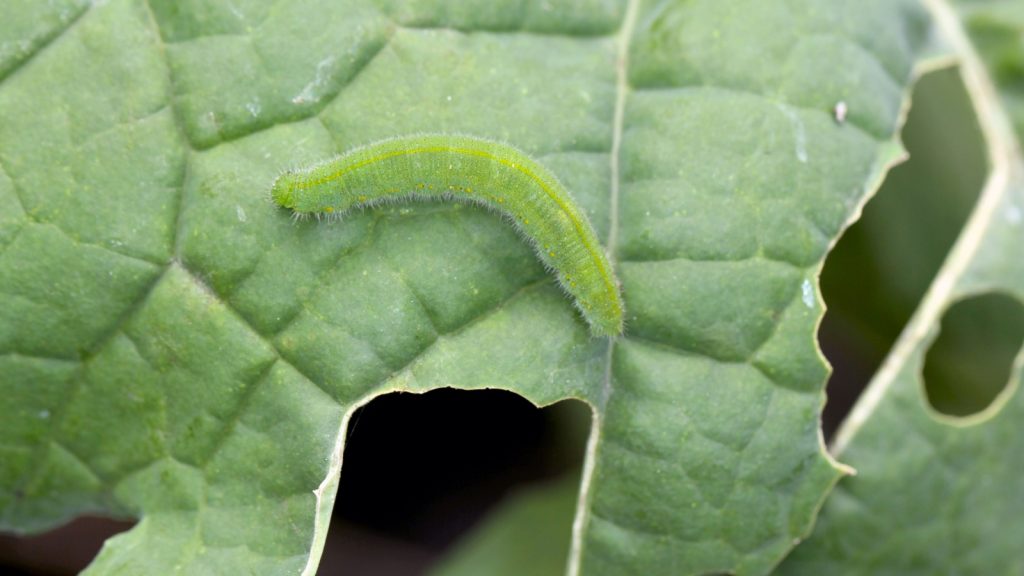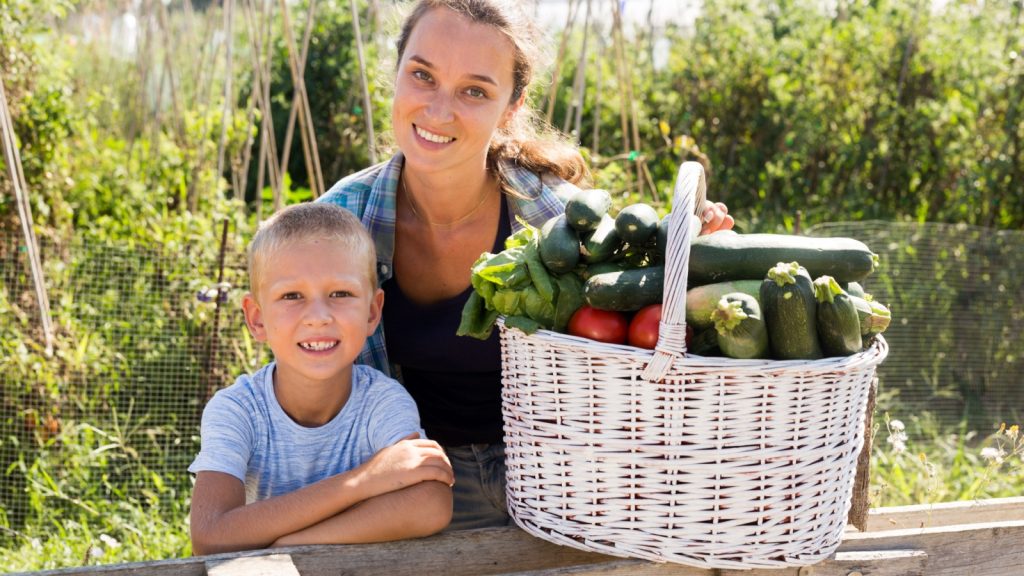If you’ve ever looked at your shady yard or dim apartment balcony and thought, “Well, I guess I can’t grow anything here,” you’re not alone. But let me tell you—there’s a whole world of food you can grow, even without full sun. I’ve gardened in forest edges, cloudy climates, and tight city spots, and I’ve learned that low light doesn’t have to mean low yield. You just need a few smart adjustments and a little patience. Once you understand how to work with the shade instead of fighting it, you’ll be amazed at what you can grow.
Whether you’re trying to be more self-sufficient, want to save a little money, or just love the idea of stepping outside and picking your own dinner, shade gardening is completely doable. These five tricks are the ones I go back to again and again—and they’ve never let me down.
Grow What Actually Likes Shade
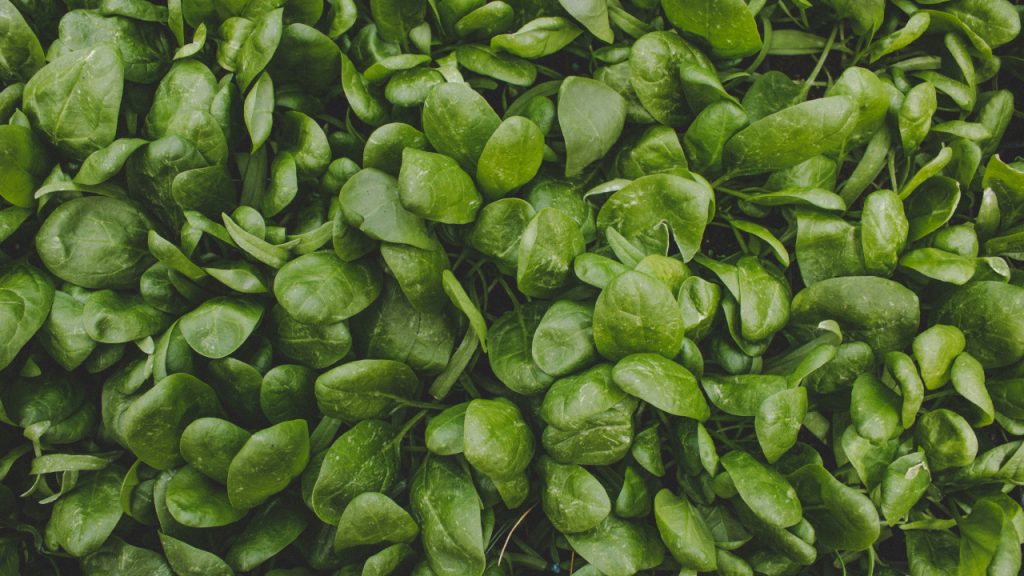
Not every plant needs to bask in the sun all day. Leafy greens like spinach, lettuce, arugula, and Swiss chard actually do better in cooler, lower-light spots. Root veggies such as carrots, beets, and radishes also manage just fine with four to six hours of filtered sunlight. The key is choosing crops that grow from leaves and roots, not ones that need to flower and fruit.
You won’t get giant harvests, but you’ll get steady, reliable food. If your garden gets morning light or dappled afternoon sun, you can grow more than you think. Herbs like parsley, mint, and chives also do surprisingly well in low light. Once you get the hang of it, your shady space can be just as productive as a sunny one.
Reflect And Redirect The Light
If your garden feels dark, one of the easiest fixes is to reflect the light you do have. Placing a white-painted board, a mirror, or even aluminum foil behind your plants can bounce extra light their way. It’s a small change that can brighten up a shady spot and help your plants photosynthesize more efficiently.
Walls, fences, and patios are perfect places to add reflective surfaces. If you’ve got a narrow alley or courtyard, this trick can make a huge difference. It doesn’t cost much, and it gives your plants just that little extra boost to thrive. You’ll be surprised at how well it works with just a bit of trial and error.
Use Containers You Can Move
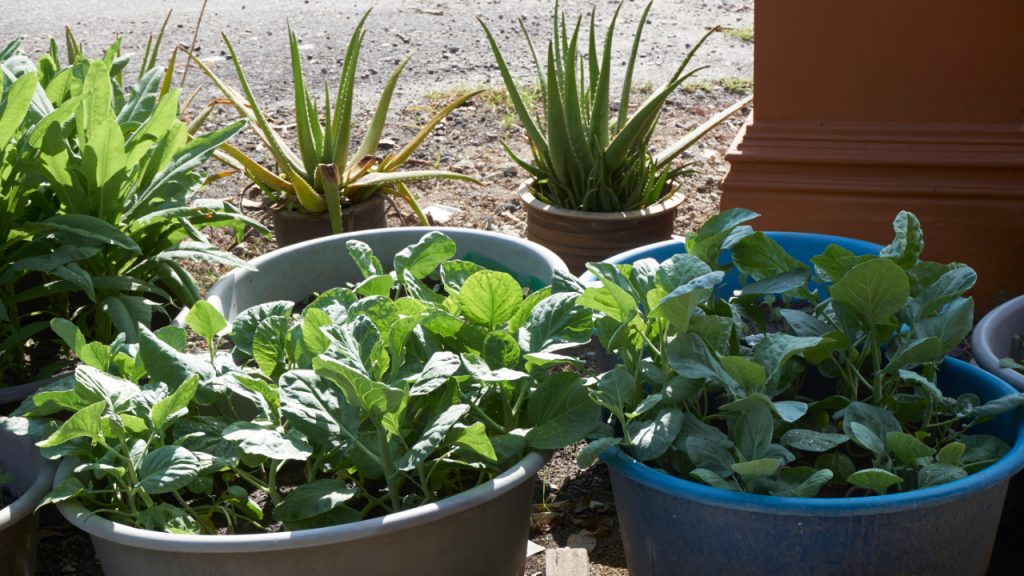
One of the best ways to garden in tricky light is to stay flexible. Containers let you move your plants around to catch sunlight when and where it shows up. If your yard gets a bit of morning sun in one spot and afternoon sun in another, just roll or carry your pots between them.
This trick is especially helpful on porches, balconies, and patios where light shifts throughout the day. Use wheeled trays or lightweight pots to make moving them easier. And if you’re hit with an unexpected cold snap or heat wave, you can bring your plants inside or into the shade without missing a beat.
Feed The Soil, Not Just The Plants
In low light, your plants are already growing slower, so they need every advantage they can get. That starts with what’s under their feet. Rich, healthy soil full of compost and organic matter helps roots develop strong and deep. And the stronger the roots, the more nutrients your plant can pull in—especially when light is scarce.
Loose, well-draining soil is also important because shady spots can stay damp longer. If the soil is too wet, roots can rot or attract pests. Adding perlite or sand to heavy soil can help with drainage. Think of soil as the plant’s foundation—if you get that right, the rest comes easier, even in the shade.
Help Them Along With A Bit Of Extra Light
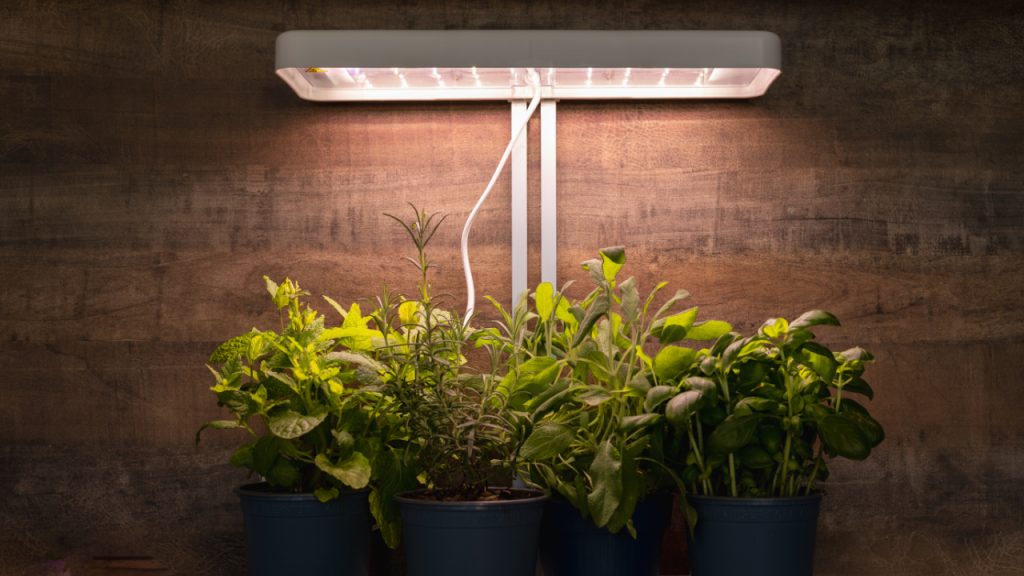
If your space is really dim—like a basement setup or a windowsill that barely sees the sun—there’s no shame in bringing in a grow light. A simple LED grow light setup doesn’t take much space or electricity, but it can make a world of difference for your plants. Set it on a timer to give them a nice, steady “day.”
Even a few extra hours of artificial light can help leafy crops grow faster and healthier. You don’t need a fancy system—just a reliable light source and a way to keep it close to your plants. It’s a small investment, and it opens up growing possibilities in spots you might’ve thought were totally off-limits.


